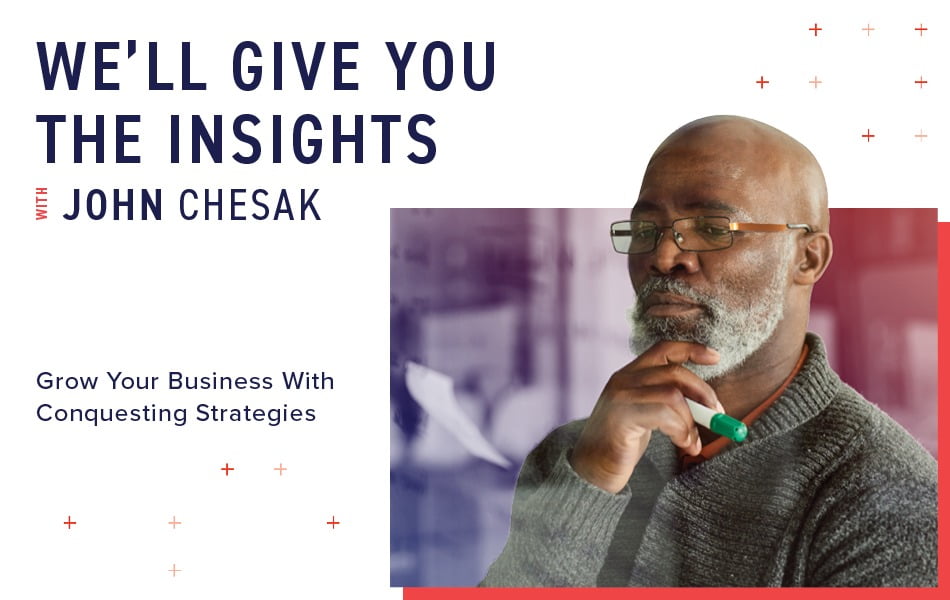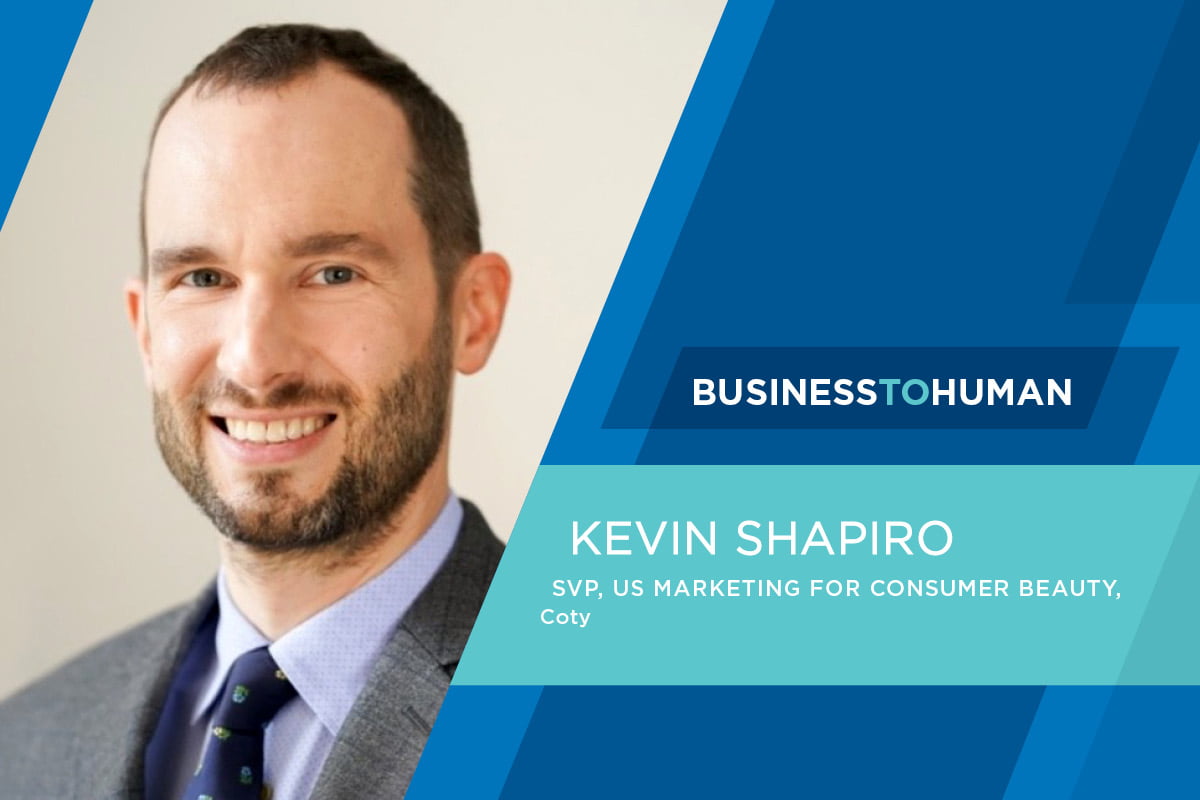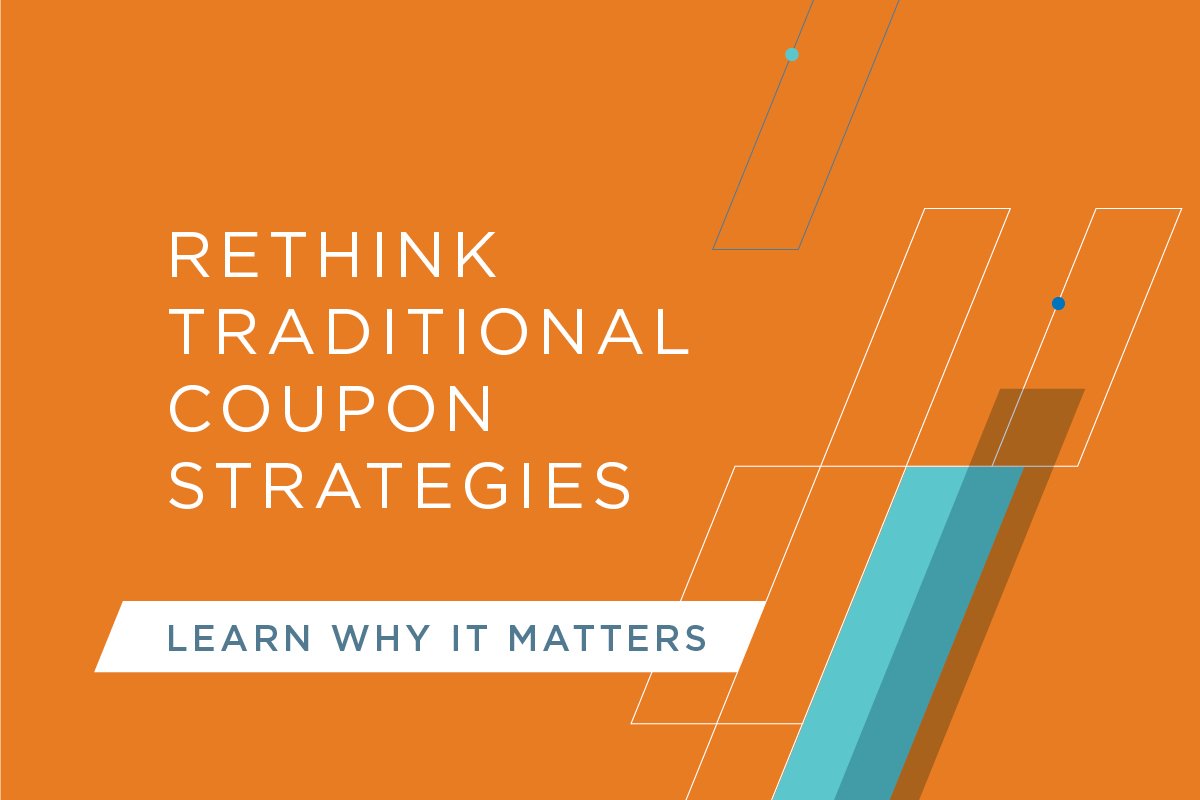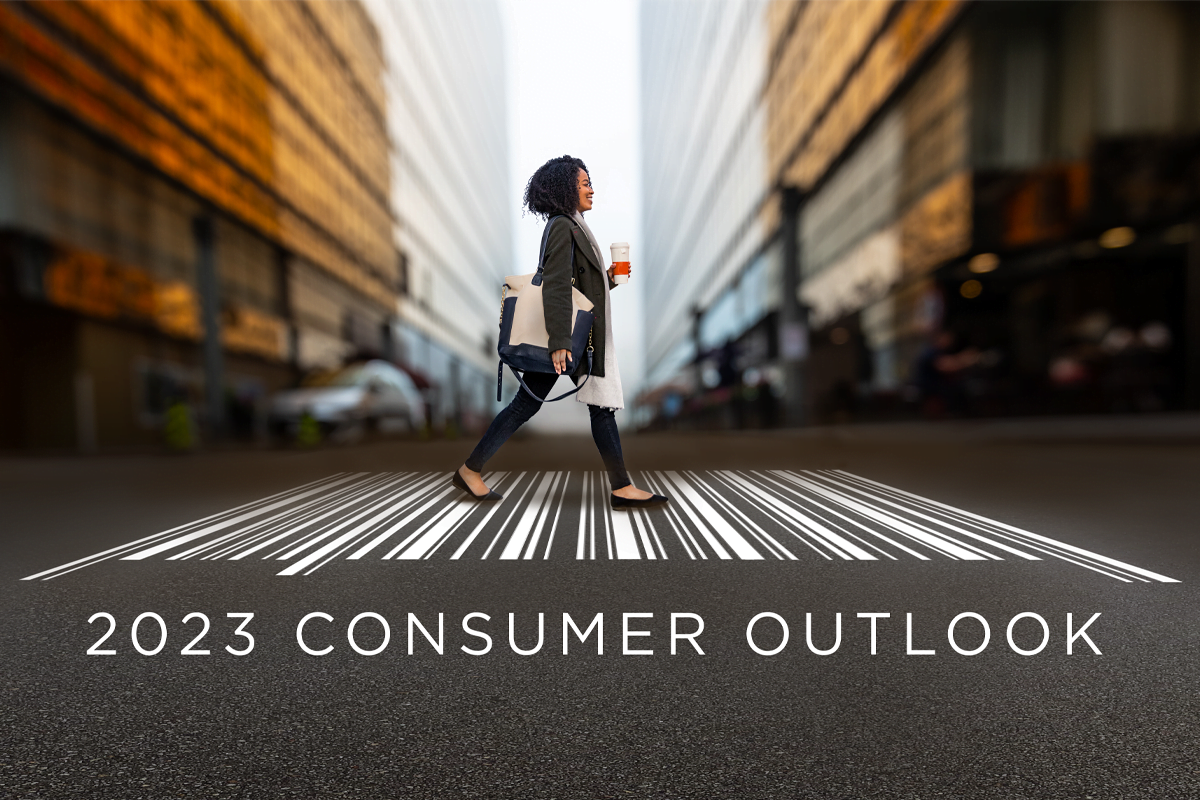Summary
• Engaging consumers of your competing brands is a tight rope to walk.
• Conquesting connects you with those consumers and positions your brand as one that provides value and convenience.
• Here, we’ll provide conquesting tactics that can help spark business growth.
In my last post, I addressed situations where a business might need to win back customers. Now, I want to turn your attention to preventing your market position from ever reaching the point where you have to scramble back on defense.
The ongoing competition for customers and sales is always top of mind. Every company is fighting to win this constant struggle, so you have to find ways to convert more opportunities than your competitors.
The adage “the best defense is a good offense” still applies, and there has never been a better time to put that spirit to work. Unfortunately, some businesses are only focused on maintaining their current customer base. But in this marketplace, you also must find new customers — both new category buyers and tertiary shoppers.
This is where conquesting comes in. Conquesting involves targeting value-seeking non-loyalists by using well-timed, well-placed offers. While it’s an effective strategy, it does require skillful execution.
An Omnichannel Approach Delivers Best Results for Conquesting
Often, conquesting campaigns are print-only or digital-only efforts. In the real world, people consume content across various media (e.g., online, in print, via streaming, at retail, or through social platforms). As a result, a multichannel approach encompassing a broader media strategy is ideal for reaching the entire potential audience.
The recommendation in action: We usually see print coupons with a value of $1-plus off savings yielding the strong response — demonstrating a median sales lift of 10%. But adding in a digital coupon (despite the lower individual result) boosts sales lift by an additional 3% on average.1

Campaign Timing and Components Must Be Actively Managed
With conquesting, individual campaigns tend to be shorter. Meanwhile, the overall promotional efforts that coincide with the purchase or repurchase cycle of the product or category can (and should) be longer.
But the exact length of the campaign must be actively managed based on the product category. For example, shorter campaign flights are ideal for products with expandable consumption patterns — products like sodas and snack foods. We’ve seen 3% and 13% average sales lift on digital and print media, respectively, for CPG products with a two-week purchase cycle.1 But longer flights are more likely to prompt consumers for non-food categories, such as health & beauty.
The amount of time that a product has been in the market matters too. We’ve seen print campaigns for products in market for a year or more result in a median sales lift of nearly 7% — and some campaigns achieve a sales lift as high as 13%.1 On the other hand, our position is that newer products really need the print and digital ad play to get traction.
Build a Clear Link Between Advertising and In-Store Activity
Conquesting deals translate to a sales boost when they specifically relate to a consumer need. These deals are most effective when the messaging aligns with communication or activity occurring at the retail shelf. For example, digital media is an effective way to amplify an FSI or some other print media in the market.
We have seen that combining in-store displays with display advertising actually drives up sales performance by up to 3 percentage points.1 You can also drive consumers to shop a featured retailer for the best value on your products with the Save FSI Retail Connection®, capturing consumer attention and building retailer goodwill in the process.
Bring Shoppers Across the Last Mile
Consumers are using their mobile devices on the go, making it an excellent channel for localizing a national or larger regional marketing effort. Once you have engaged potential shoppers, the next step is to help them navigate from interest and intent to actual purchase at the shelf.
The big message can hit value while your mobile campaign can focus on getting audiences to act now. Whether you are presenting deals or sale prices, providing navigation details to a store location, or connecting the target audience to a retailer app, mobile devices are a crucial and flexible tool to bring shoppers across that final step along the path to purchase.
The purpose of a conquesting strategy is to gain deal-seeking consumers or switcher shoppers. Winning over these competitive consumers is another way to strengthen brand or store sales and jump-start your loyalty plays. When you apply the right mix of tactics, your business and consumer base will thrive.
Interested in more insights about growing your bottom line and acquiring new — or winning back former consumers? Read “Tactics to Win and Grow in This Challenging Market.”
1 Learnings are based on Q3 2015–Q2 2020 Valassis digital and print CPG campaign performance.



